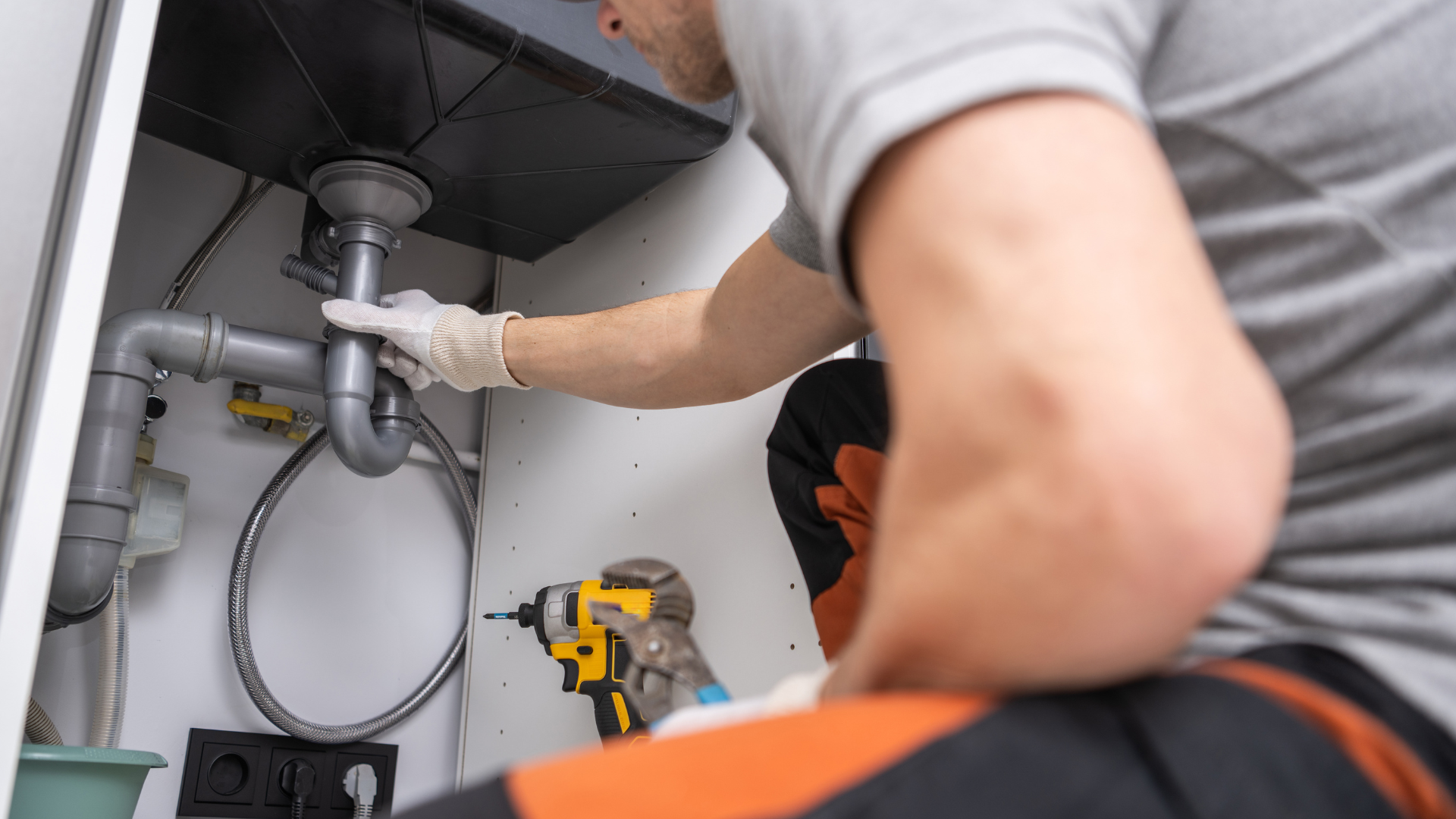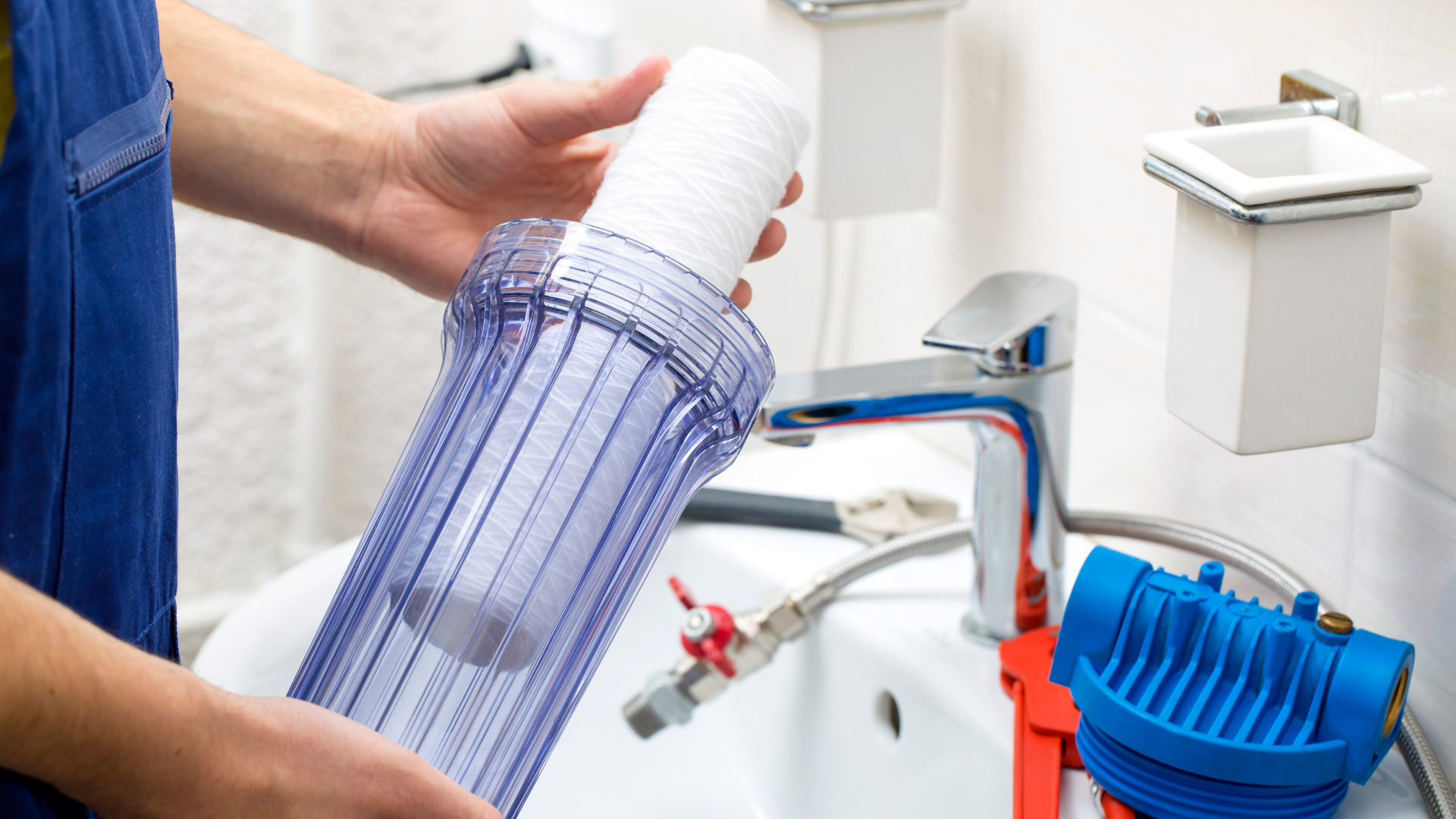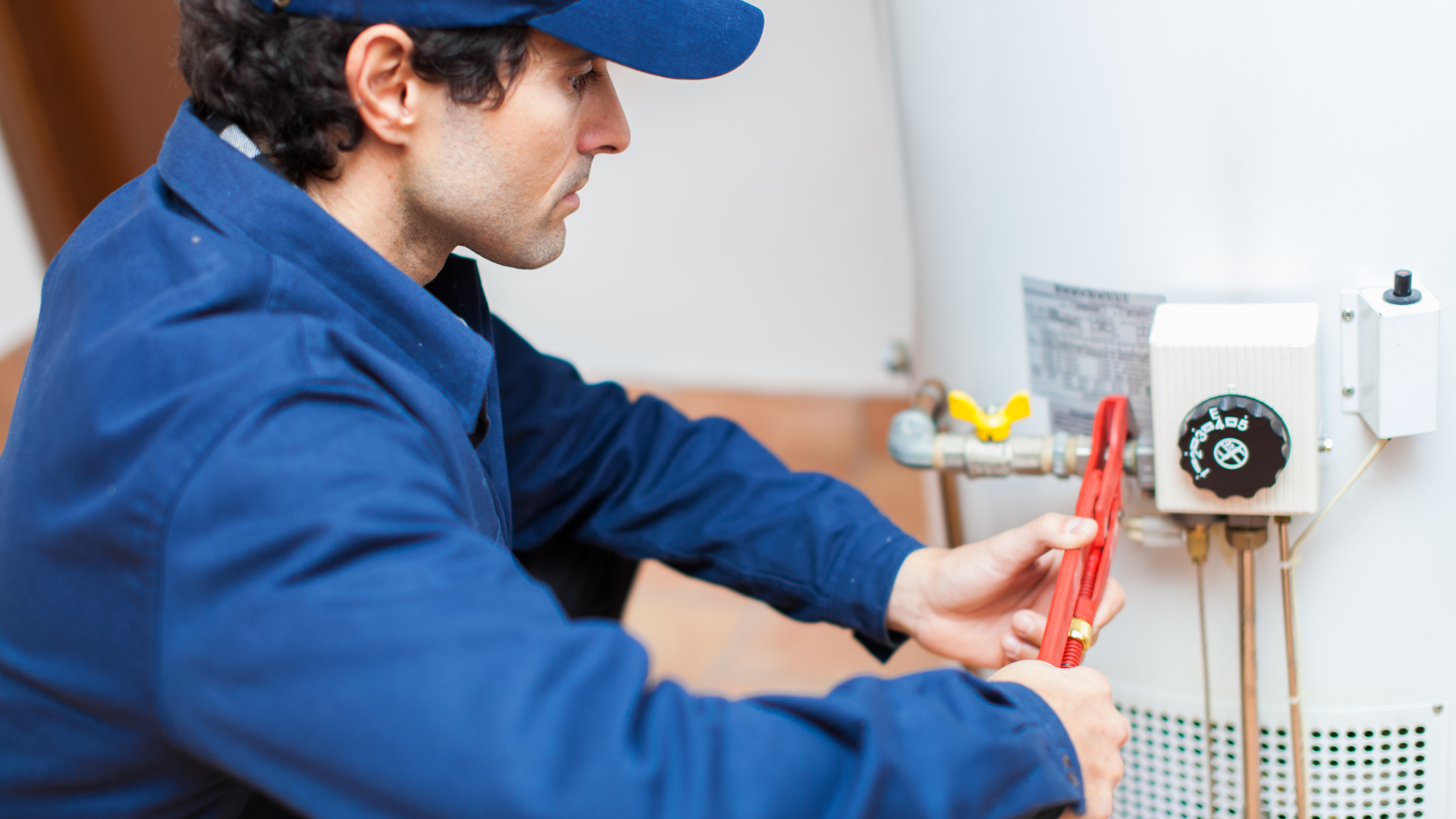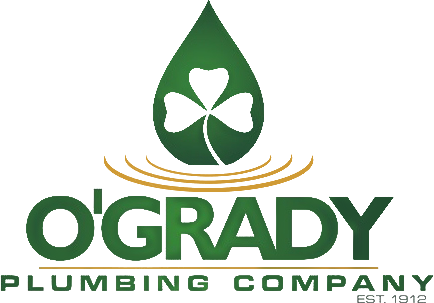Backflow Testing Explained: Importance, Process, and Solutions for Your Property
When it comes to maintaining a safe and healthy water system, backflow testing is one of the most crucial procedures property owners must regularly undertake. Backflow, which occurs when water flows in the opposite direction from its intended path, can lead to contamination and pose serious health risks. This article explores the importance of backflow testing, the process involved, and the solutions available to protect your property and the water supply.

What is Backflow and Why is Testing Important?
Backflow is the undesirable reversal of the normal flow of water in a plumbing system, allowing contaminants such as bacteria, chemicals, or other pollutants to enter the clean water supply. This can happen when the water pressure in the system drops, causing the contaminated water from your property’s plumbing to flow back into the public water supply or even neighboring systems.
Testing for backflow is essential because it ensures that your water system remains uncontaminated. In many regions, local regulations require property owners to have backflow prevention devices installed and tested regularly to comply with health and safety standards. Without proper testing, you risk exposing your property and community to serious waterborne diseases and harmful substances.
The Backflow Testing Process
Backflow testing involves checking and inspecting the devices that prevent backflow, ensuring they are working correctly. These devices include backflow preventers, which are installed on water lines to stop contaminated water from entering the clean water supply.
The process typically begins with a certified plumber or backflow specialist who conducts a thorough inspection of the backflow prevention device. This professional will check the device’s mechanical components, including valves and seals, to ensure there are no malfunctions or failures.
A common test performed during backflow testing is the pressure differential test, which measures the pressure inside the water system to ensure that backflow is physically prevented. If the test reveals any issues, the plumber will recommend repairs or the installation of a new device to maintain a safe water system.
When Should You Schedule Backflow Testing?
While backflow prevention devices can last for many years, regular testing is crucial to ensure they continue to function properly. The frequency of testing depends on local regulations, but it is typically recommended to have backflow testing done annually. For high-risk properties such as commercial buildings, medical facilities, or food processing plants, more frequent testing may be required.
If you notice any sudden drops in water pressure or irregular water flow, it is essential to schedule testing immediately. These issues can be early signs that something is wrong with your backflow prevention system, and prompt testing can help identify the problem before contamination occurs.
Solutions for Preventing Backflow
The best solution to backflow problems is prevention. Installing a backflow preventer is the first line of defense, but it's equally important to maintain and test it regularly to ensure its continued effectiveness. There are several types of backflow preventers available, depending on the needs of the property.
- Double Check Valve Assembly (DCVA):
Commonly used in residential settings, DCVAs are designed to protect against low- to moderate-hazard conditions. They consist of two check valves and a shut-off valve, providing a reliable safeguard against backflow.
- Reduced Pressure Zone Device (RPZ):
Often used in commercial applications, RPZ devices offer higher protection for properties that are at risk of severe contamination. They include a pressure relief valve that opens if the system’s pressure drops too much, preventing the backflow of contaminants into the water system.
- Pressure Vacuum Breaker (PVB):
Typically used for irrigation systems, PVBs prevent backflow by using an air gap to allow air into the pipe when the pressure drops, preventing contamination.
Installing the correct backflow prevention device for your property type and usage is crucial. Working with a professional plumber or backflow specialist ensures that your system is properly designed and installed to prevent contamination.
Common Backflow Risks
Several factors can contribute to backflow risks, and it is important to understand them to better protect your property. Common causes include:
- Cross-connections: These occur when there is an improper link between the potable water system and a non-potable water source, such as irrigation or wastewater systems.
- Backpressure: This occurs when the pressure in the water system is higher than the pressure in the supply system, pushing contaminated water back into the system.
- Backsiphonage: A drop in water pressure due to a water main break or excessive water demand can cause backsiphonage, allowing contaminated water to enter the system.
By addressing these risks through proper backflow prevention devices and regular testing, you can ensure that your water system remains safe and free of contaminants.
Backflow testing is an essential part of maintaining the safety and cleanliness of your water supply. Regular testing, installation of proper prevention devices, and maintenance of these systems help ensure that your property and community are protected from waterborne hazards. Whether you're a homeowner or a business owner, it’s important to stay proactive about backflow prevention.
At O'Grady Plumbing, we specialize in backflow testing, installation, and repairs. Our experienced team ensures that your backflow prevention system works efficiently, keeping your water supply safe. Contact us today to schedule your backflow testing or to learn more about the solutions available for your property.




